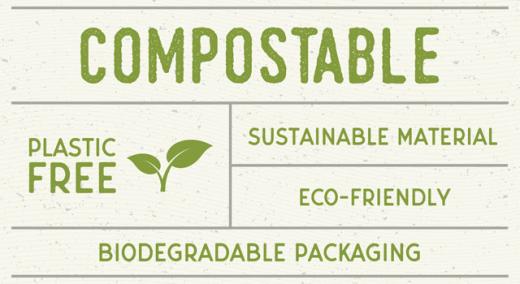With the effects of pollution and climate change more visible than ever before, it’s clear that changes are needed to minimize mankind’s impact on the environment and protect the planet for future generations. To that end, many industries have made changes to become more sustainable. The packing industry is seeing some of the biggest changes.
|
ADVERTISEMENT |
Packaging and labeling can play a huge part in the battle for a more sustainable world. Without correct labeling, packaging is often disposed of incorrectly, contributing to waste issues and environmental problems. But, with smarter labeling processes, packaging can become much easier to reuse and recycle.
Types of waste generated by packaging and labeling
Packaging and labeling waste come in various forms, including:
Product waste: This type of waste is generated during the manufacturing process, where excess materials are produced due to inefficient production methods or overproduction.
…

Add new comment